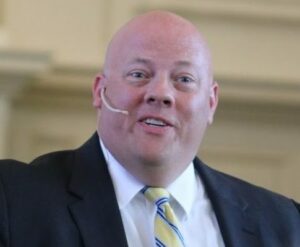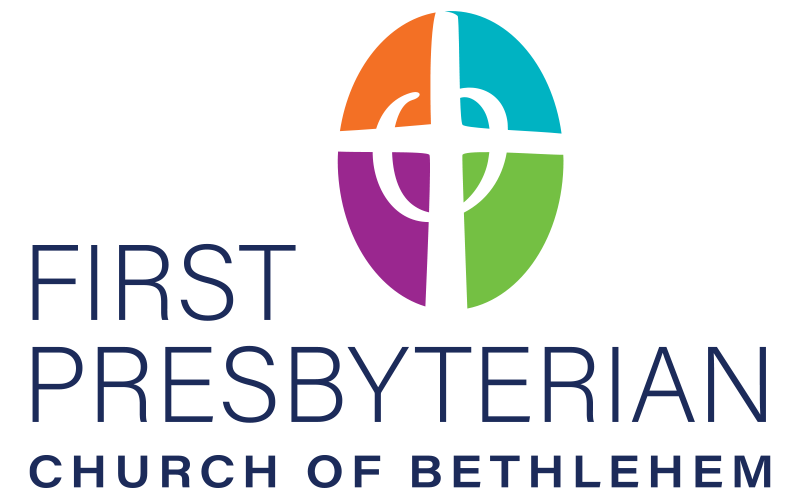A MESSAGE FROM THE REV. J.C. AUSTIN:
BLOOMING AFTER THE WILDFIRE
It is a cliché that a crisis also presents an opportunity, but it is a cliché for a reason: there is great truth in it. A crisis disrupts patterns and assumptions that were previously thought to be consistently predicable, even inevitable. That disruption can be disconcerting when it happens, because the whole reason it’s a disruption is that it is upending what we considered to be “the way things are.”
But it can also be liberating, clearing the way for  the seeds of new possibilities to be planted, take root, and flourish. One of my favorite examples of this is what are called “pyrophytic plants,” or “fire followers,” more colloquially: plants that only bloom after wildfires.
the seeds of new possibilities to be planted, take root, and flourish. One of my favorite examples of this is what are called “pyrophytic plants,” or “fire followers,” more colloquially: plants that only bloom after wildfires.
In California, the fire poppy is one such plant; it blooms after a wildfire has burned through, as the seeds are activated by the intense smoke of a major fire. They release new seeds at that point then lie dormant until the next major fire, even if that is not for years, then those bloom and the cycle repeats.
Now, wildfire metaphors have been popular for describing the COVID-19 pandemic, applying to everything from its rapid spread to the attempts to control it to the damage it has caused in lives and to the economy. But I also think this metaphor of “fire followers” can be helpful to us now: what is the new life that can spring forth in this season? What blossoms of new possibilities might be activated now that would not have happened in ordinary times?
Given that one of the biggest impacts of the pandemic on church life in the United States has been on worship attendance, the Worship Committee here at First Pres has been wrestling with some of these questions, both in themselves and also in terms of larger opportunities and possibilities in the congregation and in the larger world.
Most churches in the United States have seen their worship attendance decline in the last eighteen months, even when accounting for theology, style, size, and the proliferation of online worship options (in other words, we’re talking about an overall decline, not a migration from in-person to online worship). That has been a disconcerting disruption to many, but it also raises the question of what new seeds could be planted or might already be springing to life from the impact of the pandemic?
At First Pres, the impact of the pandemic has been particularly pronounced on the Contemporary Worship service, which follows the larger trends in the United States: smaller services and smaller congregations are being disproportionally affected, and that has been the smaller of our two services for years. Therefore, the Worship Committee has decided to explore the dynamics and possibilities there first.
So, within the next couple of weeks, there will be several opportunities for you to engage in that exploration. First, a congregation-wide survey is being prepared to ask some questions about contemporary worship in particular and worship scheduling and style more generally. Please look for it and take it when it comes; it will not take you long to complete it, but your input would be very helpful to both the Worship Committee and the Session as they go about this work.
Second, there will be two Town Hall opportunities to hear more about some of the questions we’re asking about contemporary worship and to express your own thoughts on the matter. The first “Contemporary Worship Town Hall” will be in person in the Kirk Center immediately following the Contemporary Worship service on Sunday, November 7. The second will be a Zoom meeting on Monday, November 15 at 5:30 p.m.
The presentation will be the same at both; we are just trying to provide multiple formats and times so that everyone who wants to participate has a good chance to do so. I am excited about the possibilities before us and the blooms that we will see coming forth, and I hope to see you at one of the Town Halls as we explore all that.
Grace and Peace,
J.C.
